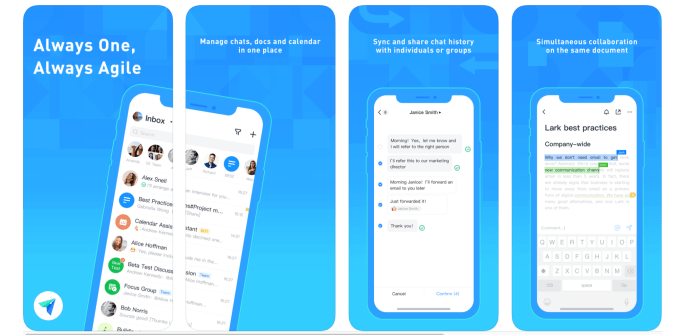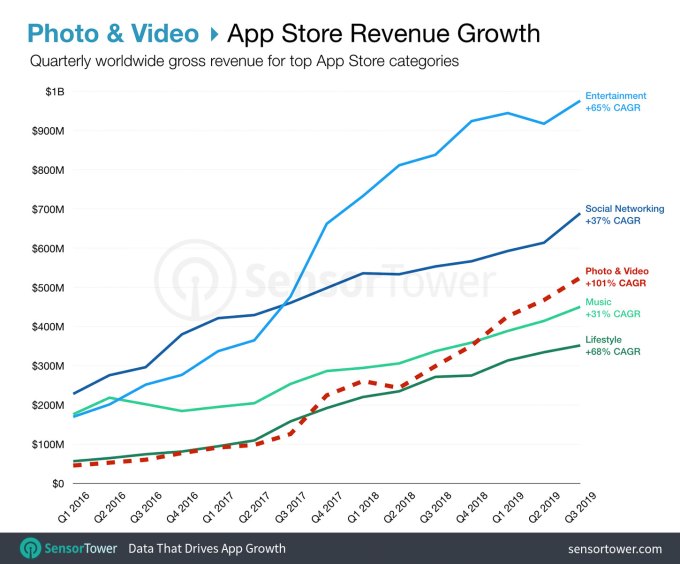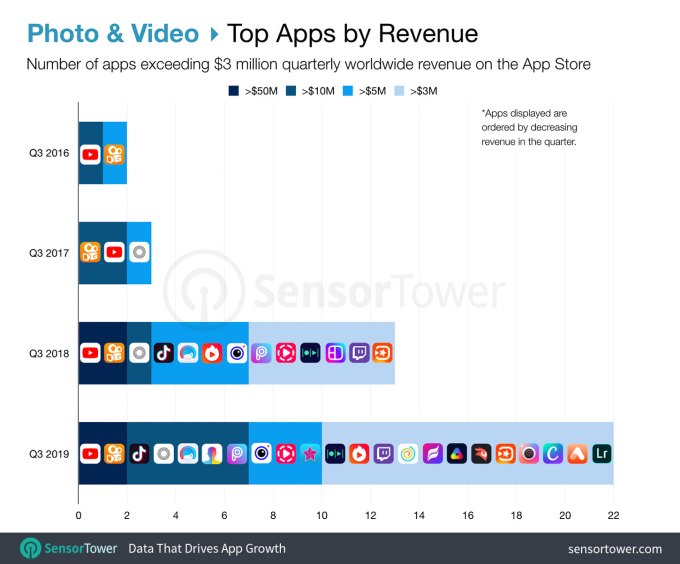Adobe has released Photoshop for the iPad, after announcing that it would be bringing its popular professional photo-editing software to Apple’s tablets officially last October. Adobe said that it would be launching the app in 2019, and it has made good on that schedule with the release today. Photoshop for iPad is a free download, and includes a 30-day free trial – after that it’s $9.99 per month via in-app purchase for use of just the app, or included as part of an Adobe Creative Cloud subscription.
As Adobe said right from the start, this initial version of Photoshop for the iPad isn’t at feature parity with its desktop editing software. It does, however, support Apple Pencil for iPad Pro and more recent iPad models, and it allows editing of PSD files. Adobe says it has focused on features that will benefit from touch and Apple Pencil input on this first release, including “core compositing and retouching tools,” with other improvements, including added support of brushes and masks, as well as things like smart selection, to come later.
For what it’s worth (I haven’t spent any meaningful amount of time with the software), there are features like spot healing and clone stamp that can be highly useful for refining edits on the go available right now. A workflow that incorporates Lightroom on iPad can probably serve pros looking to maximize portability decently well, even if it can’t match the sheer range of things you can do on the desktop just yet. Plus, PSDs you store in Creative Cloud will be available to edit right where you left off everywhere.
Regardless of its current state, it’s good to see Adobe sticking to their schedule for developing and releasing Photoshop on the iPad, even if there’s still work to be done to ensure that it gets to a place where the iPad doesn’t feel like a backup option for when you’re unable to fire up a desktop or notebook computer.
Adobe is hosting its Adobe MAX 2019 conference this week, and there should be plenty of news coming out of that event, so stay tuned to TechCrunch for more from that show.
from Apple – TechCrunch https://ift.tt/2JOGvrZ




